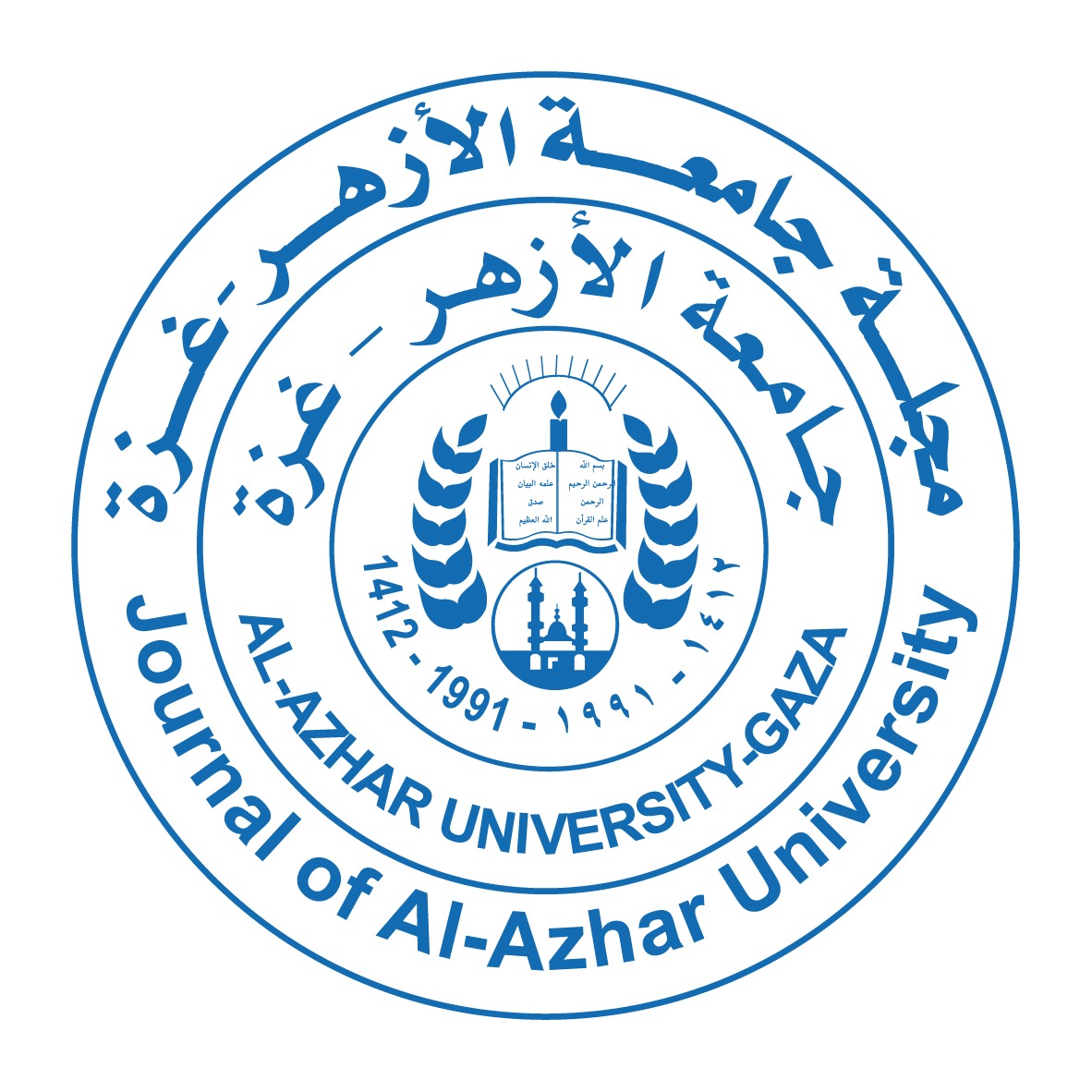Journal of Al-Azhar University – Gaza (Humanities)

Abstract
الملخص:
هدفت الدراسة معرفة تصنيف الأهداف التعليمية الواردة في منهاج العلوم للصف الثامن في الأردن والولايات المتحدة الأمريكية, ولتحقيق أهداف الدراسة تم تحليل محتوى وحدات الفيزياء, وقد تكون مجتمع الدراسة وعينته من الوحدات الخاصة بالفيزياء وعددها ثلاث وحدات في الأردن ووحدتان في الولايات المتحدة الأمريكية, وتم تطوير أداة لتحليل محتوى منهاج العلوم من دراسة (Kim& Park,2009), وصنفت الأهداف إلى خمسة معايير: المعرفة العلمية، والاستقصاء العلمي، والاتجاهات العلمية، والعلم والتكنولوجيا والمجتمع، والفلسفة وتاريخ العلم, وتوصلت الدراسة إلى: احتواء منهاج العلوم في الأردن على معرفة علمية بنسبة (56.7%) يليها الاستقصاء العلمي(18.2%) ثم العلم والتكنولوجيا والمجتمع (11.7%), يليها الفلسفة وتاريخ العلم (9.8%), ثم الاتجاهات (3.6%), أما منهاج العلوم في الولايات المتحدة الأمريكية فقد بلغت نسبة المعرفة العلمية (61.7%) ثم الاستقصاء العلمي (23.2%), ثم العلم والتكنولوجيا والمجتمع (6.7%), ثم الفلسفة وتاريخ العلم (5.4%), وأخيرا الاتجاهات (3.0%). كذلك أظهرت نتائج الدراسة أن السبب في تفاوت نسبة معايير الأهداف في المنهاجين يعود إلى الاختلاف في عدد الصفحات, ذلك أن عدد الصفحات في المنهاج الأمريكي كبيرة مقارنة بالمنهاج الأردني, وفي ضوء هذه النتائج توصي الدراسة القائمين على تصميم المناهج الأردنية ضرورة التركيز على أهمية الاستقصاء العلمي في رفع المستوى التحصيلي للطلبة والربط بين المنهاج والواقع, وتوعية الطلبة بتاريخ العلم والعلماء لزيادة الدافعية لديهم من أجل الارتقاء بالعملية التعليمية كماً ونوعاً, كذلك توصي الدراسة بالتركيز على الجانب الأخلاقي والاتجاهات التي هي أساس أي مجتمع يحاول الوصول إلى أعلى درجات العلم.
الكلمات المفتاحية: تحليل محتوى وحدات الفيزياء, الأهداف التعليمية, منهاج العلوم الأردن والولايات المتحدة .
Abstract:
The study aimed to identify the classification of educational objectives found in the general science curricula for eighth grade in Jordan and the United States, and to achieve the study objectives, the content of physics units analysis. The community of the study and its sample consisted of (3) physics units in Jordan, and (2) physics units in the United States. A tool was developed to analyze the objectives from the study (Kim & Park, 2009), and classifying the objectives into five categories: scientific knowledge, and scientific inquiry, scientific attitudes, science technology and society (STS), philosophy and history of science. The study results: the containment of the science curriculum In Jordan on scientific knowledge (56.7%), followed by scientific inquiry (18.2 %), then STS (11.7%), philosophy and history of science (9.8%), scientific attitudes (3.6%). As for science curriculum in the United States of Scientific knowledge (61.7%), then scientific inquiry (23.2%), followed by STS (6.7%) then philosophy and history of science (5.4%), and finally scientific attitudes (3.0%). The results of the study also showed that the reason for the difference in the percentage of Objectives standards in the two curricula is due to the difference in the number of pages, as the number of pages in the American curriculum is large compared to the Jordanian curriculum. The study recommends those in charge of designing Jordanian curricula the need to focus on the importance of scientific inquiry in raising the level of students achievement and linking the curriculum with reality, and educating students about the history of science and scholars to increase their motivation in order to improve the educational process in terms of quantity and quality. The study also recommends on focusing the ethical aspect and attitudes that are the basis of any society trying to reach the highest levels of science.
Key word: Content of physics units analysis, Educational objectives, General science curriculum in Jordan and the United States.
Recommended Citation
عبدالكريم, الهام حسن ماجستير and بعارة, حسين عبداللطيف أستاذ مساعد
(2021)
"الأهداف التعليمية الواردة في محتوى الوحدات الخاصة بالفيزياء في منهاج العلوم للصف الثامن في الأردن والولايات المتحدة الأمريكية دراسة تحليلية مقارنة,"
Journal of Al-Azhar University – Gaza (Humanities): Vol. 23:
Iss.
2, Article 5.
Available at:
https://digitalcommons.aaru.edu.jo/alazhar/vol23/iss2/5

